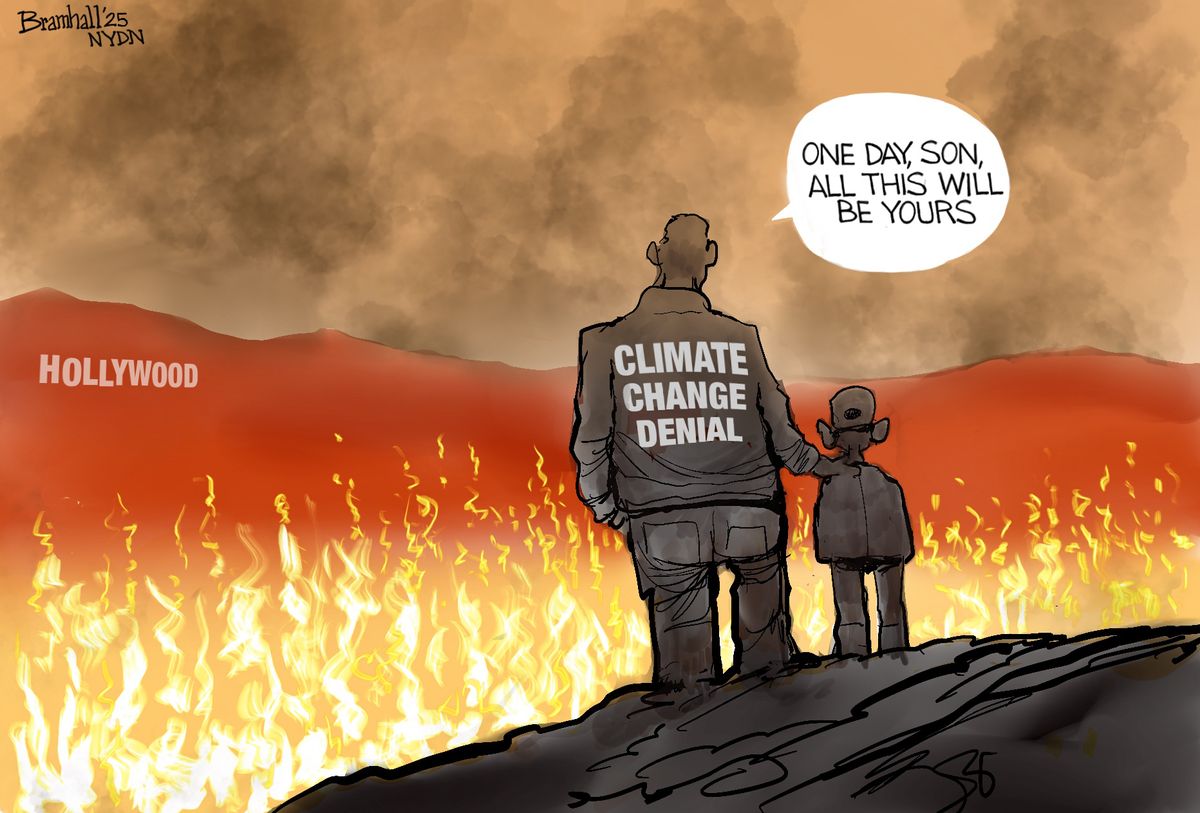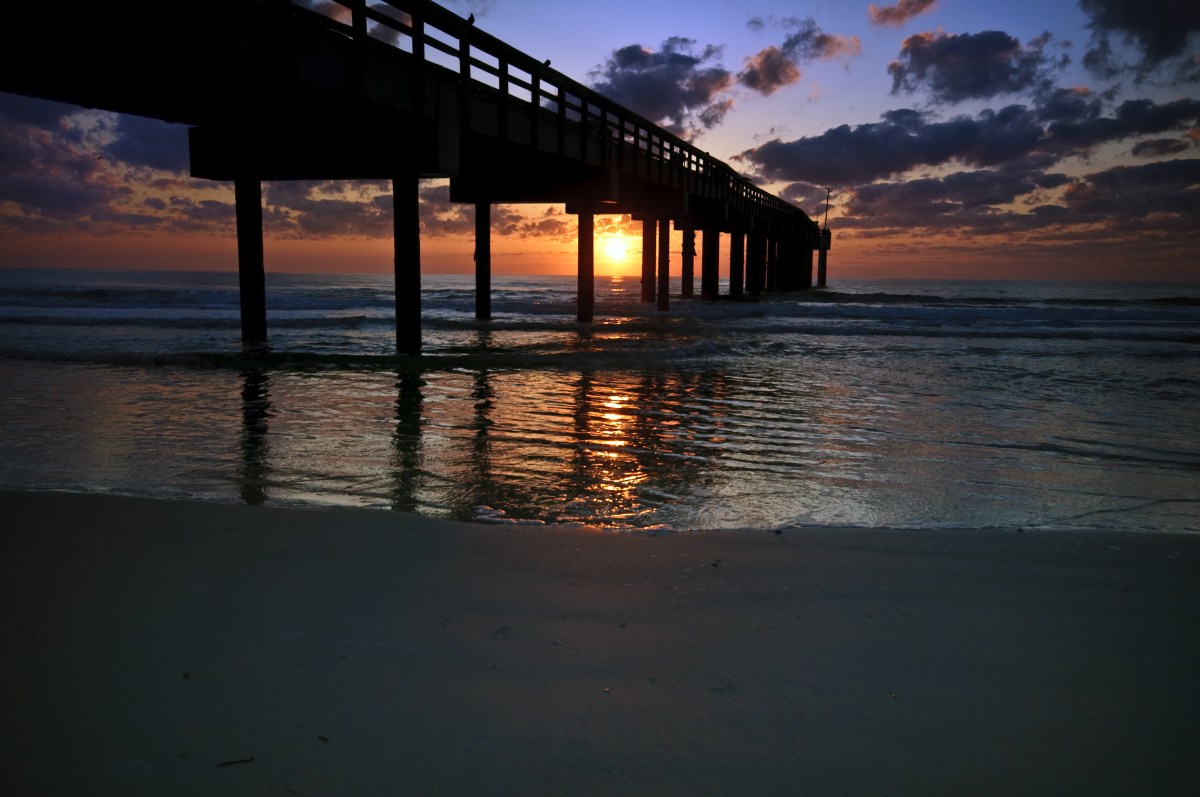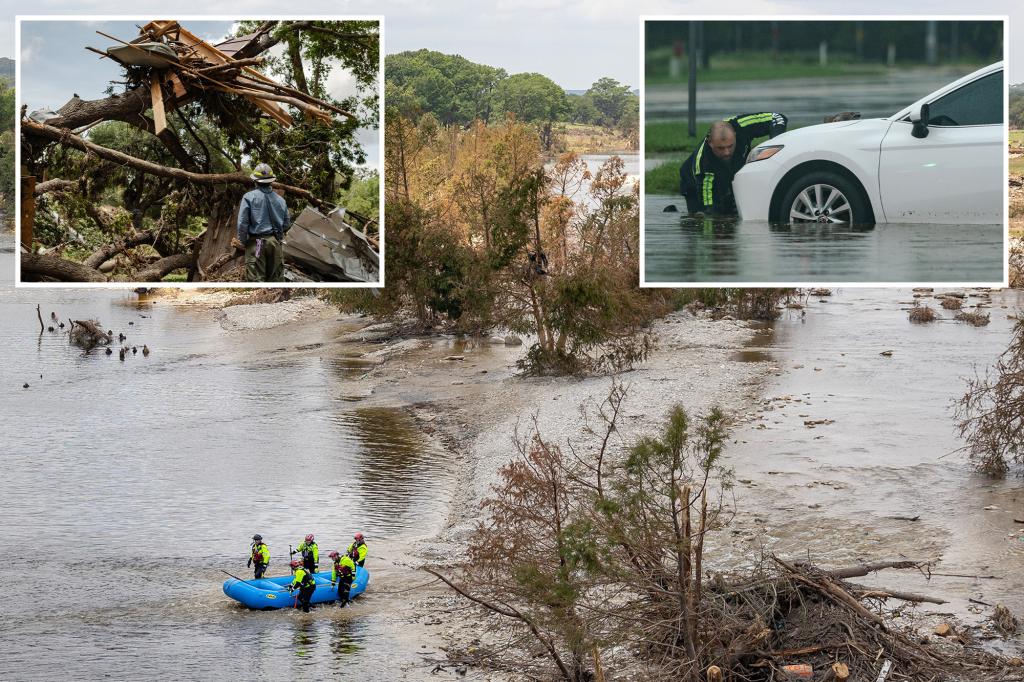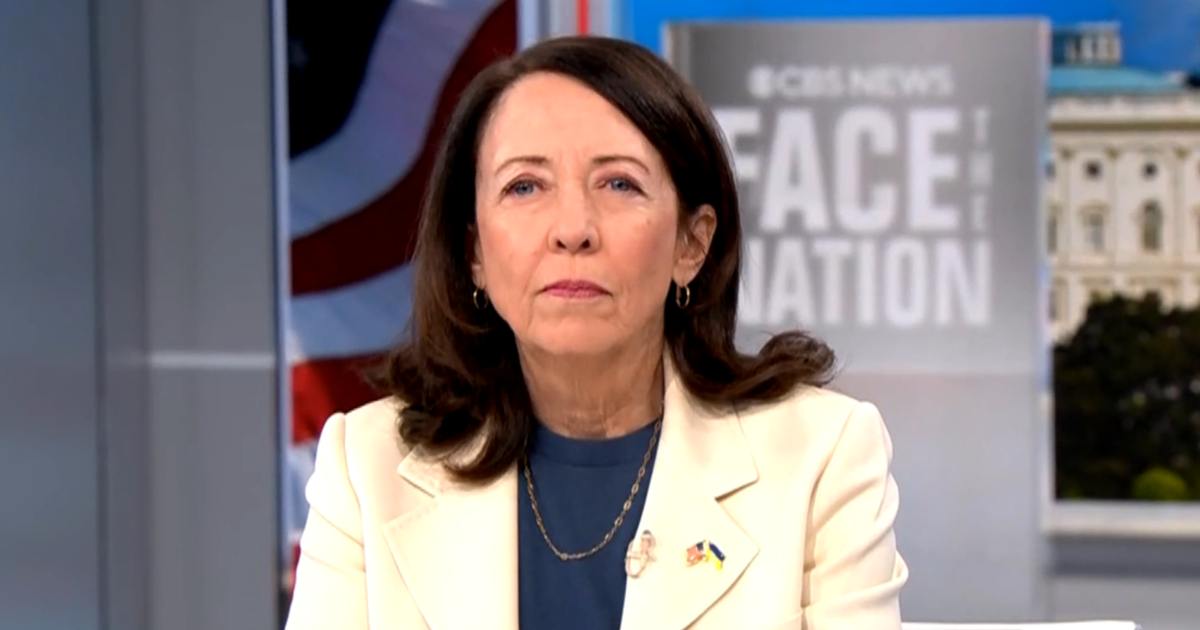Unpacking the Controversy: 5 Provocative Cartoons on LA’s Wildfires
The Los Angeles wildfires have sparked not just devastation but also a fierce dialogue surrounding climate change, environmental policy, and public perception. In this context, artistic expressions—particularly cartoons—have emerged as powerful tools for commentary and critique. These illustrations can be inflammatory and stirring, prompting a range of emotional responses and discussions about the pressing issues at hand. Here, we delve into five provocative cartoons that depict LA’s wildfires, exploring their impact and the debates they ignite.
The Role of Art in Social Commentary
Art has long served as a mirror to society, reflecting its virtues and vices. In times of crisis, artists often feel compelled to respond to the chaos around them. Cartoons, with their sharp wit and iconic imagery, can encapsulate complex issues in a single frame, making them particularly effective for social commentary. The Los Angeles wildfires, a recurring disaster exacerbated by climate change, have inspired numerous artists to express their views through this medium.
Through humor or irony, these cartoons can provoke thought, inspire action, or even polarize opinions. They can shine a light on the negligence of policymakers, the resilience of communities, or the urgency of environmental activism. In the case of the LA wildfires, cartoons have become a battleground for ideas and emotions, challenging viewers to confront uncomfortable truths.
1. The Blame Game
One cartoon that gained significant attention featured a group of cartoonish characters arguing over who is responsible for the wildfires. The characters included a politician, an oil executive, and a climate activist, each pointing fingers at the others. This cartoon sparked debate on the accountability of various stakeholders in the climate crisis.
- Political Accountability: Many viewers resonated with the idea that politicians often fail to take responsibility for environmental policies that contribute to wildfires.
- Corporate Responsibility: The portrayal of oil executives hinted at the fossil fuel industry’s role in climate change.
- Activism: The inclusion of a climate activist showed that some believe grassroots movements are crucial to holding others accountable.
This cartoon serves as a microcosm of the larger debate on accountability in climate change, emphasizing the complexity of the issue and the need for collective action.
2. The Nature of the Beast
Another provocative cartoon depicted a raging wildfire personified as a monstrous creature, devouring everything in its path. This imagery captures the ferocity of wildfires but also raises questions about humanity’s relationship with nature.
- Human Impact: The cartoon suggests that human actions have unleashed this “monster,” reflecting the consequences of neglecting environmental stewardship.
- Nature’s Fury: It illustrates how nature can retaliate against human encroachment, reminding viewers of the balance necessary between development and conservation.
This portrayal can evoke a sense of urgency, pushing audiences to reconsider their role in the environmental crisis.
3. The Irony of Climate Denial
A particularly biting cartoon depicted a climate change denier sitting comfortably in an armchair while outside, apocalyptic scenes of wildfires unfolded. The juxtaposition of comfort and chaos serves to highlight the irony of inaction amidst evident disaster.
- Disconnection: This cartoon resonates with many who feel that climate change deniers are detached from reality, illustrating the absurdity of denial in the face of overwhelming evidence.
- Call to Action: By showcasing the stark contrast between the denier’s comfort and the devastation outside, the cartoon advocates for awareness and activism.
This piece effectively critiques the complacency that can come from privilege, urging viewers to recognize their responsibility in addressing climate change.
4. The Phoenix Rising
In contrast to the darker themes of blame and denial, another cartoon depicted a phoenix rising from the ashes of a burned landscape, symbolizing hope and renewal. This portrayal offers a more optimistic perspective on the aftermath of wildfires.
- Resilience: The phoenix represents the resilience of nature and communities, emphasizing that recovery is possible even after catastrophic events.
- Rebirth: It serves as a reminder that while wildfires cause destruction, they can also lead to new growth and opportunities for change.
This cartoon invites viewers to adopt a hopeful outlook, suggesting that through collective action and awareness, communities can rebuild and thrive.
5. The Economic Costs
Finally, a cartoon illustrating a large dollar sign engulfed in flames emphasized the financial implications of wildfires. It portrayed a government official counting money while the flames surrounded them, drawing attention to the economic burdens of disaster response and recovery.
- Policy Decisions: This cartoon critiques the prioritization of profits over environmental sustainability, highlighting the financial costs associated with neglecting climate issues.
- Long-Term Consequences: It raises awareness about how wildfires can drain state resources and lead to increased insurance costs, impacting all citizens.
Through this lens, the cartoon calls for a reevaluation of budgetary priorities and the importance of investing in preventative measures against climate change.
The Broader Implications
These five provocative cartoons on LA’s wildfires illustrate the multifaceted nature of artistic expression in addressing climate change. They serve not only as commentaries on the specific events but also as reflections of societal attitudes toward environmental issues. The conversations they spark are crucial for fostering awareness and encouraging action.
Furthermore, the intersection of art and activism underscores the importance of creative expression in the fight against climate change. By engaging with these illustrations, viewers are prompted to reflect on their own beliefs and actions, challenging them to consider how they can contribute to positive change.
Conclusion
The Los Angeles wildfires, emblematic of a larger global crisis, have inspired a wave of artistic responses that provoke thought and debate. Through the lens of cartoons, we can explore the complexities of accountability, the human-nature relationship, and the urgent need for action. As we unpack these controversies, it becomes clear that art is not just a reflection of society but a catalyst for change—a powerful tool in our collective response to climate challenges.
See more Your Daily Weather



